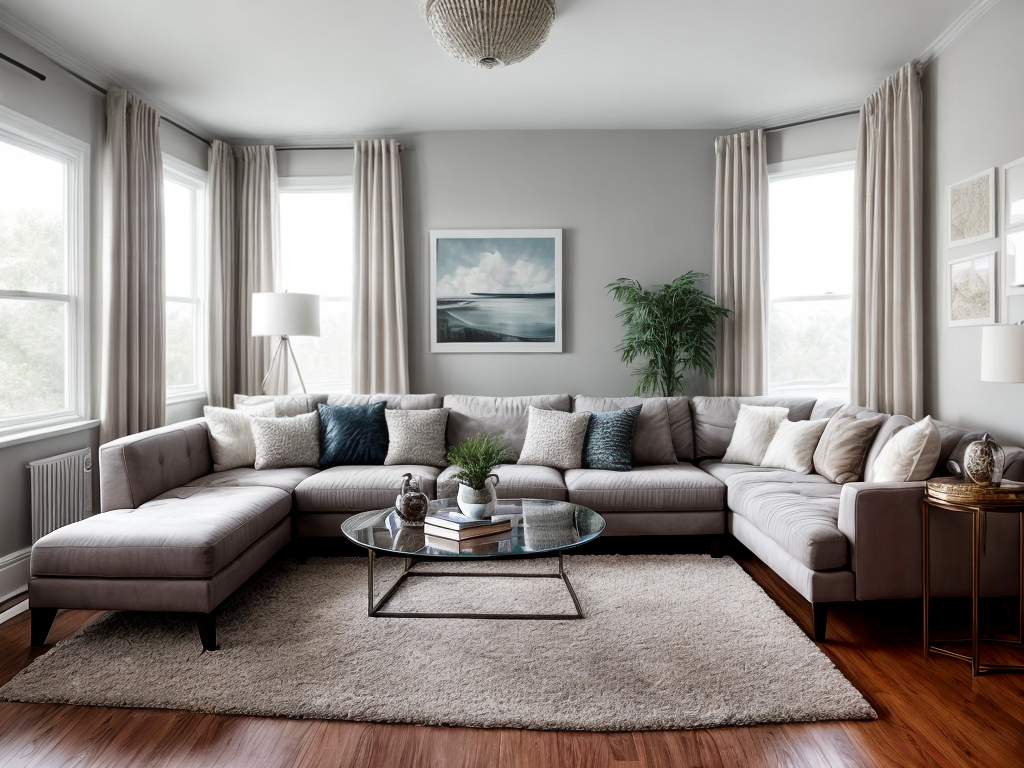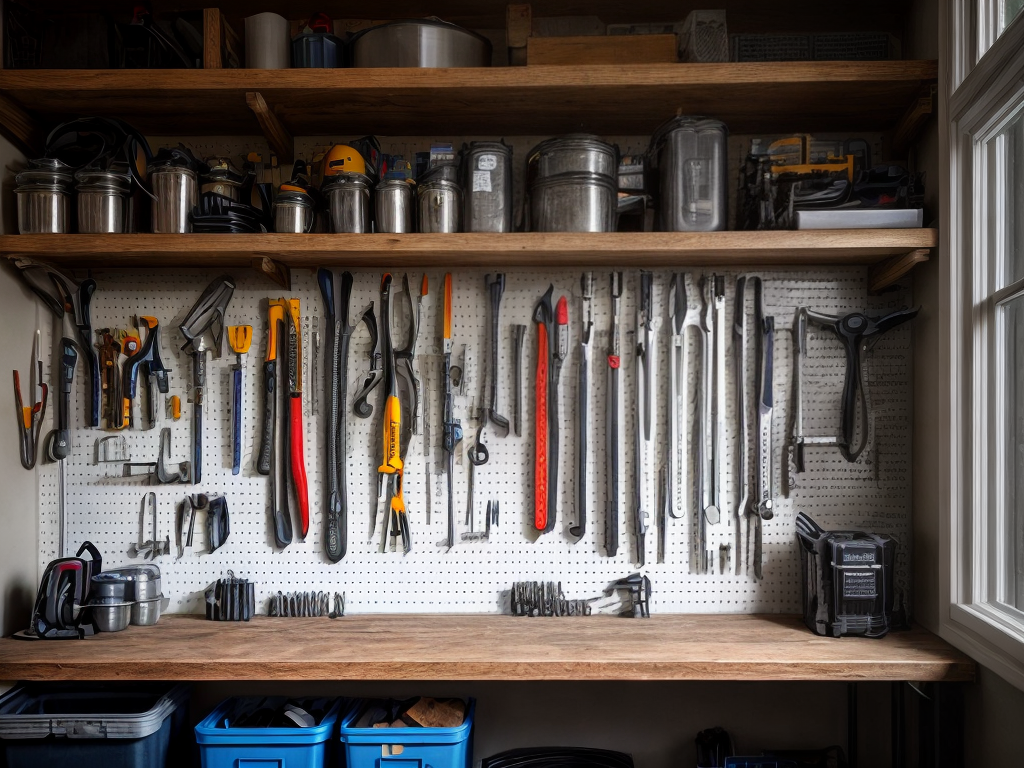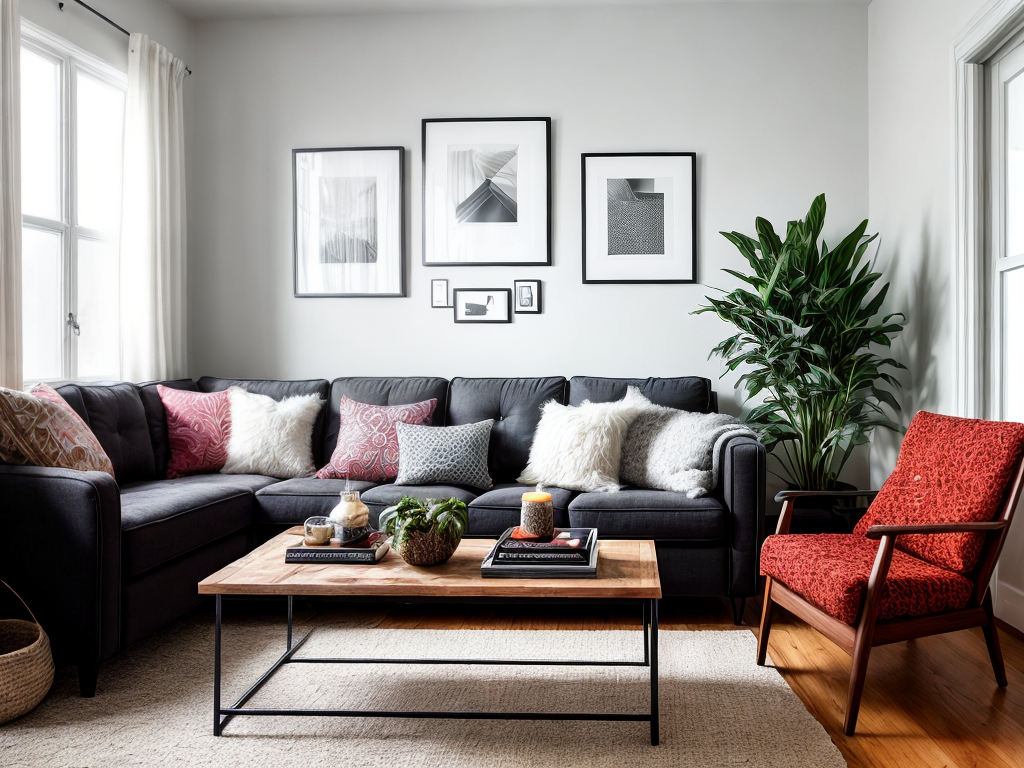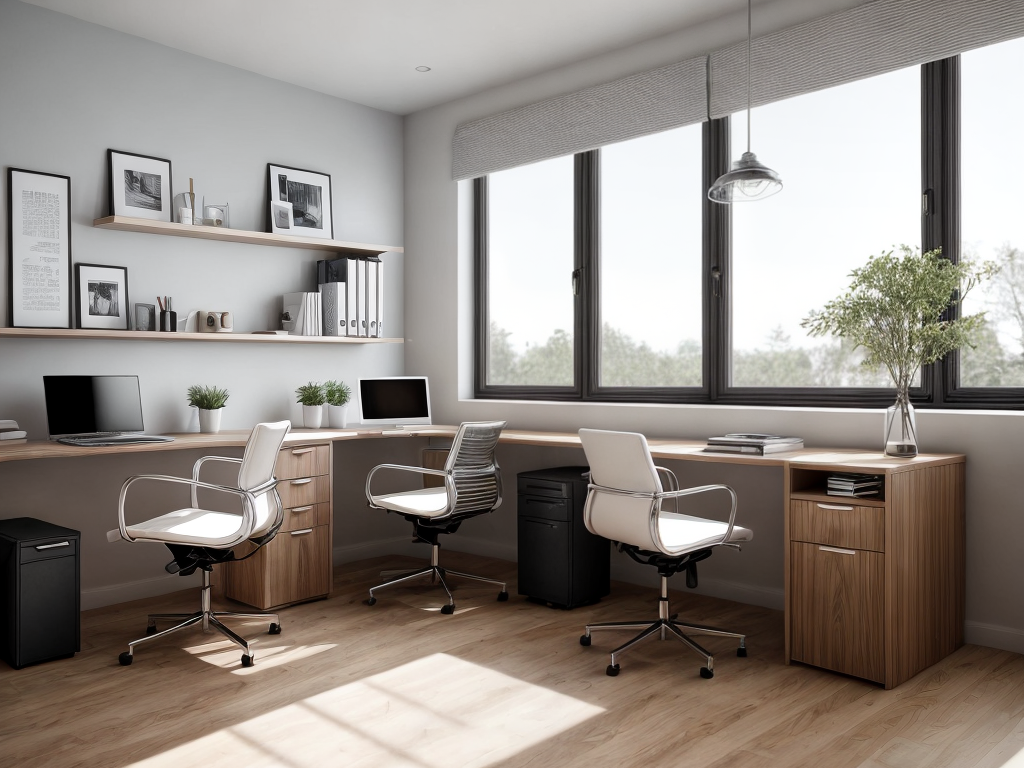
Have you ever wondered how to choose the perfect colors and textures for your remodel? Well, look no further because I’m here to guide you through the process. Whether you’re repainting your walls, selecting new flooring, or adding decorative elements, the colors and textures you choose can greatly impact the overall look and feel of your space. In this discussion, we will explore the fascinating world of color psychology, discover tips for selecting the perfect paint colors, explore various texture options for walls and floors, learn how to incorporate patterns and prints, and even discuss mixing and matching materials. By the end, you’ll have all the knowledge you need to make informed decisions and create a stunning remodel that reflects your personal style. So, let’s get started!
Understanding Color Psychology
Understanding color psychology is crucial when choosing colors for your remodel. The impact of color on mood and emotions is a well-known concept in the field of psychology. Different colors have the power to evoke specific emotions and create different atmospheres in a space. As an interior designer, it is essential to understand the psychology behind color choices in interior design.
Warm colors like red, orange, and yellow are known to stimulate energy and create a sense of warmth and coziness. These colors are often used in spaces where socialization and activity are encouraged, such as living rooms or kitchens. On the other hand, cool colors like blue, green, and purple are known to promote relaxation and calmness. These colors are often used in bedrooms or bathrooms to create a soothing and tranquil environment.
Additionally, the intensity and saturation of a color can also impact emotions. Bright, vibrant colors tend to be more energizing and can create a lively and dynamic atmosphere. On the other hand, muted or pastel colors can have a more calming and serene effect.
Selecting the Perfect Paint Colors
When selecting the perfect paint colors for your remodel, it is important to consider the overall mood and atmosphere you want to create in the space. The right paint color can completely transform a room and set the tone for your design. To help you navigate the vast array of options, here are some tips for finding inspiration and staying up-to-date with paint color trends:
-
Finding Inspiration:
-
Look to nature: Draw inspiration from the colors found in natural elements such as the ocean, forests, or flowers.
-
Explore art and fashion: Take cues from the latest art exhibitions or fashion runways for unique and trendy color combinations.
-
Paint Color Trends:
-
Earthy tones: Colors like warm terracotta, deep greens, and sandy neutrals are currently on-trend, bringing a sense of calm and connection to nature into your space.
-
Moody hues: Dark blues, rich burgundies, and deep grays are popular choices for creating a cozy and sophisticated atmosphere.
Exploring Texture Options for Walls and Floors
After selecting the perfect paint colors for your remodel, it’s time to explore texture options for walls and floors. Wall and floor texture trends can greatly impact the overall look and feel of a space. When it comes to walls, popular options include textured wallpaper, faux finishes, and textured paint. Textured wallpaper adds depth and interest to a room, but can be difficult to remove if you decide to change it in the future. Faux finishes, such as Venetian plaster or stone texture, can create a luxurious and unique look, but they require professional installation and can be expensive. Textured paint, on the other hand, is an affordable option that allows for easy application and can be painted over if desired.
When it comes to floors, there are a variety of textured materials to choose from. Hardwood floors with a distressed or hand-scraped texture can add character and hide scratches, but they may require more maintenance. Ceramic or porcelain tiles with a textured finish offer durability and slip resistance, making them ideal for bathrooms and kitchens. However, they can be more difficult to clean compared to smooth tiles. Laminate flooring with a textured surface can mimic the look of hardwood or tile, but it is less durable and may not withstand heavy foot traffic. Ultimately, the choice of textured materials for walls and floors depends on personal preference, budget, and the specific needs of the space.
Incorporating Patterns and Prints
One way to add visual interest and personality to your remodel is by incorporating patterns and prints. They can bring life and excitement to any space, and there are many creative ways to incorporate them into your design. Here are some ideas to consider:
-
Combining patterns:
-
Mix and match different patterns to create a unique and eclectic look. Pair bold patterns with more subtle ones to create balance.
-
Consider using patterns in different scales. For example, combine a large-scale floral print with a small-scale geometric pattern for an interesting contrast.
-
Use a common color palette to tie different patterns together. This will create a cohesive and harmonious look.
-
Incorporating prints:
-
Choose prints that reflect your personal style and the mood you want to create in the space. Floral prints can add a touch of femininity, while geometric prints can create a modern and sleek look.
-
Consider using prints as accents rather than overwhelming the entire space. Incorporate them through throw pillows, curtains, or artwork.
-
Experiment with different textures and materials. For example, you can incorporate a printed wallpaper or a patterned tile backsplash to add visual interest to a bathroom or kitchen.
Mixing and Matching Materials
When it comes to remodeling, one of the key aspects to consider is mixing and matching materials. This allows for endless possibilities in creating a unique and visually appealing space. By combining different materials, such as wood and metal or glass and stone, you can add depth and interest to your design. Additionally, considering texture pairings and color coordination will further enhance the overall aesthetic of your remodel.
Material Combinations
How can I create visually appealing material combinations for my remodel? When it comes to selecting materials for your remodel, it’s important to consider both functionality and aesthetics. By mixing and matching different materials, you can create a unique and visually appealing look that reflects your personal style. Here are some tips to help you make the right material choices and stay on top of texture trends:
- Consider contrasting textures: Combining materials with different textures, such as smooth and rough or shiny and matte, can add depth and visual interest to your space.
- Balance bold and neutral: Pairing bold and vibrant materials with neutral ones can create a harmonious and balanced look. For example, you can combine a bold patterned wallpaper with a neutral-colored sofa.
- Experiment with unexpected combinations: Don’t be afraid to think outside the box and try unconventional material combinations. Mixing materials like metal and wood or glass and concrete can create a modern and eclectic feel in your space.
- Keep it cohesive: While mixing materials, it’s important to maintain a cohesive design by selecting materials that complement each other in terms of color, style, and theme.
Texture Pairings
To create visually stunning material combinations for your remodel, consider mixing and matching different textures for added depth and interest in your space. Texture combinations can bring a unique and dynamic feel to any room. One popular texture trend is pairing smooth and rough textures. For example, you can combine a sleek marble countertop with a textured backsplash made of stone or brick. This contrast creates a visually appealing balance in the room. Another trend is mixing natural and man-made textures. Combining materials like wood and metal can add an interesting juxtaposition to your space. Additionally, don’t be afraid to experiment with different textures, such as pairing glossy and matte finishes or incorporating patterned and plain textures. The possibilities are endless when it comes to texture pairings, so have fun and be creative with your remodel!
Color Coordination
Continuing our exploration of visually stunning material combinations, let’s now delve into the world of color coordination and mixing and matching materials in your remodel. When it comes to color schemes, it’s important to find a cohesive palette that ties all the elements of your space together. Consider these tips for successful color coordination:
- Choose a dominant color: Start by selecting a main color that will serve as the foundation for your design.
- Add complementary shades: Introduce secondary colors that complement the dominant color and add depth to the space.
To truly elevate your remodel, don’t forget about matching accessories. These small details can make a big impact on the overall aesthetic. From throw pillows and rugs to artwork and curtains, carefully select accessories that harmonize with your chosen color scheme. By coordinating colors and materials effectively, you can create a visually pleasing and cohesive space in your remodel.
Choosing the Right Finishes and Hardware
When choosing finishes and hardware for your remodel, it’s important to consider the overall aesthetic and functionality you want to achieve. Both finishes and hardware play a crucial role in the final look and feel of your space. Finishes, such as paint, stains, and sealants, determine the color and texture of surfaces. On the other hand, hardware refers to the knobs, handles, hinges, and other accessories that add functionality and style to cabinets, doors, and furniture.
To find the right balance between finishes and hardware, start by identifying your design style and the mood you want to create. If you prefer a modern and sleek look, you may opt for finishes that feature clean lines and minimalistic textures, paired with contemporary hardware in brushed metal or chrome. For a more rustic or vintage aesthetic, finishes with distressed or weathered textures can be complemented by hardware with antique or brass finishes.
Consider the functionality of your space as well. Choose hardware that is not only visually appealing but also easy to use and durable. For example, choose handles or knobs that are comfortable to grip and open smoothly.





